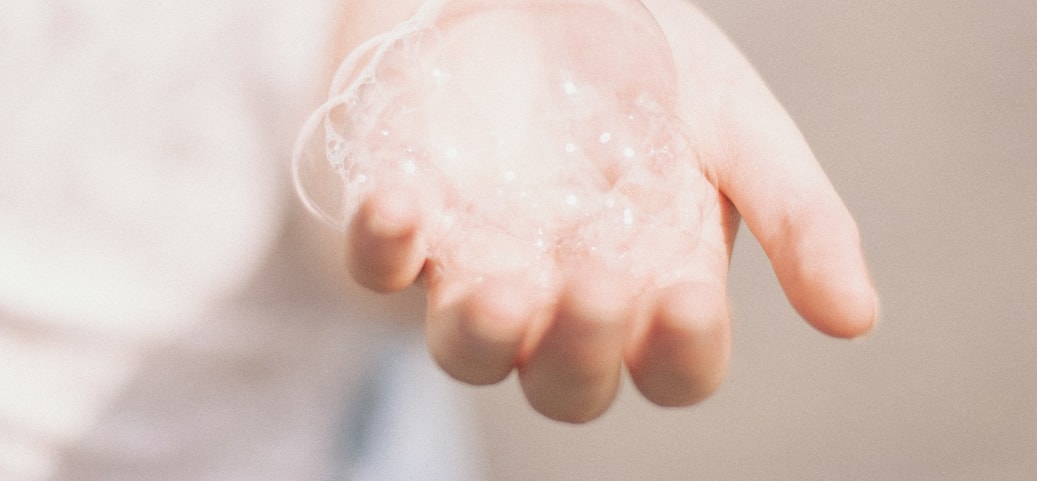Hand wash: How to wash your laundry by hand
Not many items of clothing need to be washed by hand any more. But they still exist. But even with some materials, it is advisable to wash them without a washing machine so that they can be worn for a long time. But how does hand washing work properly? We explain it to you step by step.
by CALIDA
January 1, 2025•3 min reading time

Hand washing clothes: Gentle cleaning for delicate fabrics. Tips for perfect care by hand.
Table of Contents
Why hand wash your laundry?
If you wash your laundry by hand, you can ensure that the textures, shape and any embellishments, such as lace on underwear, stay the way you want them to, so that you can go on wearing your garments for longer.
Some materials are more delicate than others, and some are so delicate that they can only be washed by hand.
Materials that require hand washing
In short, if you see this symbol on your garment’s washing label, you should wash it by hand:
this is generally the case with textiles such as silk, wool and cashmere. You should also wash embroidered clothes or underwear with a high proportion of lace by hand, simply because it’s more gentle.
The right detergent for hand washing
If you want or need to wash delicate materials by hand, you should choose detergents designed for this purpose, such as wool or mild detergents that you can find in any convenience store.
It’s better to use a liquid detergent than a powder one, as it dissolves more easily and leaves no residue on your clothes.
Make sure that it’s sustainable, too, as some products may contain enzymes, dyes and preservatives that can damage the wastewater.

Hand washing is easy: your step-by-step guide
Fill a container (such as a bucket; a bathtub is also a good option for larger items of clothing) with lukewarm to warm water. The ideal temperature is 30 degrees. Better too cold than too warm!
Add the detergent and stir gently (be careful if you have sensitive skin).
As a guide, you can use one teaspoon per garment.
Many detergents also have exact measuring instructions on the back, so it’s best to take a look at them beforehand.Now slowly dip your clothing into the water and slowly circle it back and forth. Don’t knead, wring or rub your garments – you’ll only damage the textiles.
a. If you need to remove a stubborn stain, rub only this area very carefully – but not if your garment is wool or silk, as these fabrics are too delicate.
Leave the garment to soak for three to four minutes and then remove it from the water. Wool and silk should be left to soak a little longer.
Fill another container with clean water. Gently swirl your garment back and forth in it until no foam forms.
Avoid kneading, wringing or rubbing!
Drying: the best and most gentle way to dry your garments is to lay them flat.
Lay them on a spread out towel, then roll the towel up gently so that it absorbs some of the moisture. If necessary, repeat the process with more dry towels until your garment is not so wet.
Now spread it out on a table or other flat surface. Do not choose a spot in the sun or next to a heater.
For wool: gently pull wool garments into shape after washing so that they don’t lose their shape. Be very careful when doing this.
P.S. Remember to pre-treat blood or red wine stains!
Can you wash ‘hand wash only’ clothes in the washing machine?
Some modern washing machines have a delicates programme,
but these usually consume a lot of energy and can take a lot of time. If you are washing ‘hand wash only’ garments on the delicates setting, make sure that the temperature is no higher than 30 degrees and that the spin speed is low or, ideally, zero.
Of course, there is still the risk that delicate materials may be damaged by friction on the washing machine drum.
It’s best to put lace underwear or other small items of clothing in a laundry net beforehand to protect them.
Discover more interesting blog posts:


